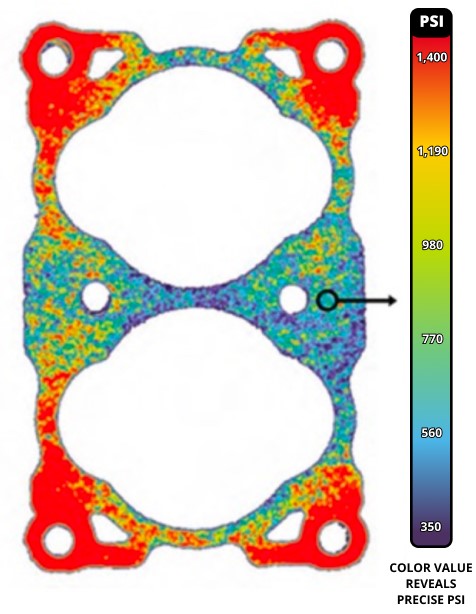A diode is one of the most fundamental components in electronic circuits. While it may look small, its function is vital: controlling the direction of current flow. At its core, a diode allows electrical current to move in one direction while blocking it in the opposite, acting much like a one-way valve in a plumbing system.
Understanding how a diode works, how to test one, and where to use it, such as in relay and diode circuits or fuse with diode configurations can help technicians, engineers, and DIYers design safer and more efficient electronic systems.
What Does a Diode Do?
In simple terms, a diode ensures that current flows in only one direction from the anode (positive) to the cathode (negative). When connected correctly in a circuit, the diode conducts electricity. When connected in reverse, it blocks the current.
This behavior is especially important in circuits where reverse polarity can damage components or create safety hazards.
Types of Diodes and Their Uses
There are many types of diodes, each with a specific function:
- Standard rectifier diode – Converts AC to DC
- Zener diode – Used for voltage regulation
- Schottky diode – Known for low forward voltage drop, ideal for fast switching
- Light-emitting diode (LED) – Emits light when forward-biased
- Photodiode – Responds to light rather than current
Each of these plays a role in modern electronics, from power supplies to lighting systems.
Diode Identification
Diode identification is usually done by markings on the body: a stripe on one side indicates the cathode (negative side). For LED diodes, the longer lead is typically positive, while the shorter one connects to the cathode.
Visual indicators aside, testing is often required to confirm a diode’s health and orientation.
Diode Testing and Multimeter Settings
To perform a diode test, you need a digital multimeter with a dedicated diode setting. Here’s how to use it:
- Set the multimeter to diode mode (often marked with a diode symbol).
- Connect the red lead to the anode and the black lead to the cathode.
- A good diode will show a forward voltage drop (typically 0.5–0.8V for silicon diodes).
- Reversing the leads should result in no reading or “OL”, confirming it’s blocking reverse current.
This method, often called diode check or multimeter check diode, is standard in troubleshooting power supplies and circuit boards.
How to Wire a Diode
Knowing how to wire a diode properly is key to avoiding malfunction. Here are the basics:
- Forward Bias: Connect the anode to the positive voltage and cathode to the load/ground.
- Reverse Bias: Connect the anode to the load and cathode to the positive supply, this prevents current from flowing.
In a relay and diode setup, a diode is wired across the relay coil in reverse bias. This “flyback” diode protects other components from voltage spikes when the relay turns off.
Fuse with Diode – A Smart Safety Combo
Combining a fuse with a diode is a technique used in DC circuits to protect sensitive electronics. The diode ensures correct polarity, while the fuse provides overcurrent protection. This setup is common in automotive and solar applications, where reverse polarity could cause significant damage.
Positive and Negative Direction of a LED Diode
In an LED diode, current must flow from the positive (anode) to the negative (cathode) for it to light up. Reversing the polarity will prevent illumination and could damage the LED if not protected by a series resistor or limiting circuit.
Conclusion
From simple rectifiers to complex signal-processing applications, diodes are crucial in electronic design. Whether you’re testing components with a multimeter, exploring diode testing methods, or integrating a diode into a relay or fuse system, a solid understanding of diode behavior ensures better circuit performance and protection.
At Sensor Prod, we believe in empowering technicians and engineers with the tools and knowledge needed to work smarter and safer. Understanding the types of diodes, their wiring, and how to test them is a key part of building reliable electronic systems.


